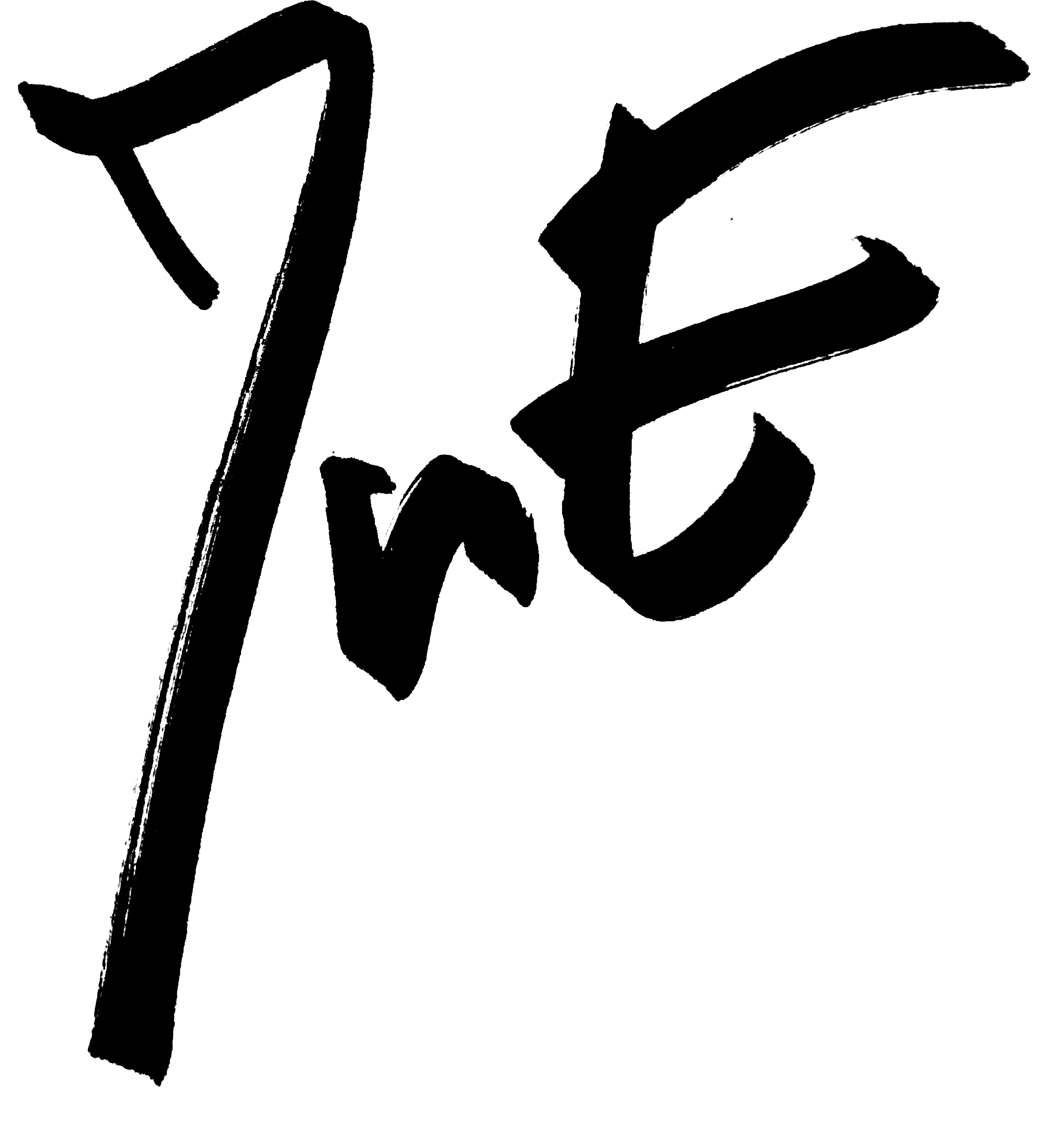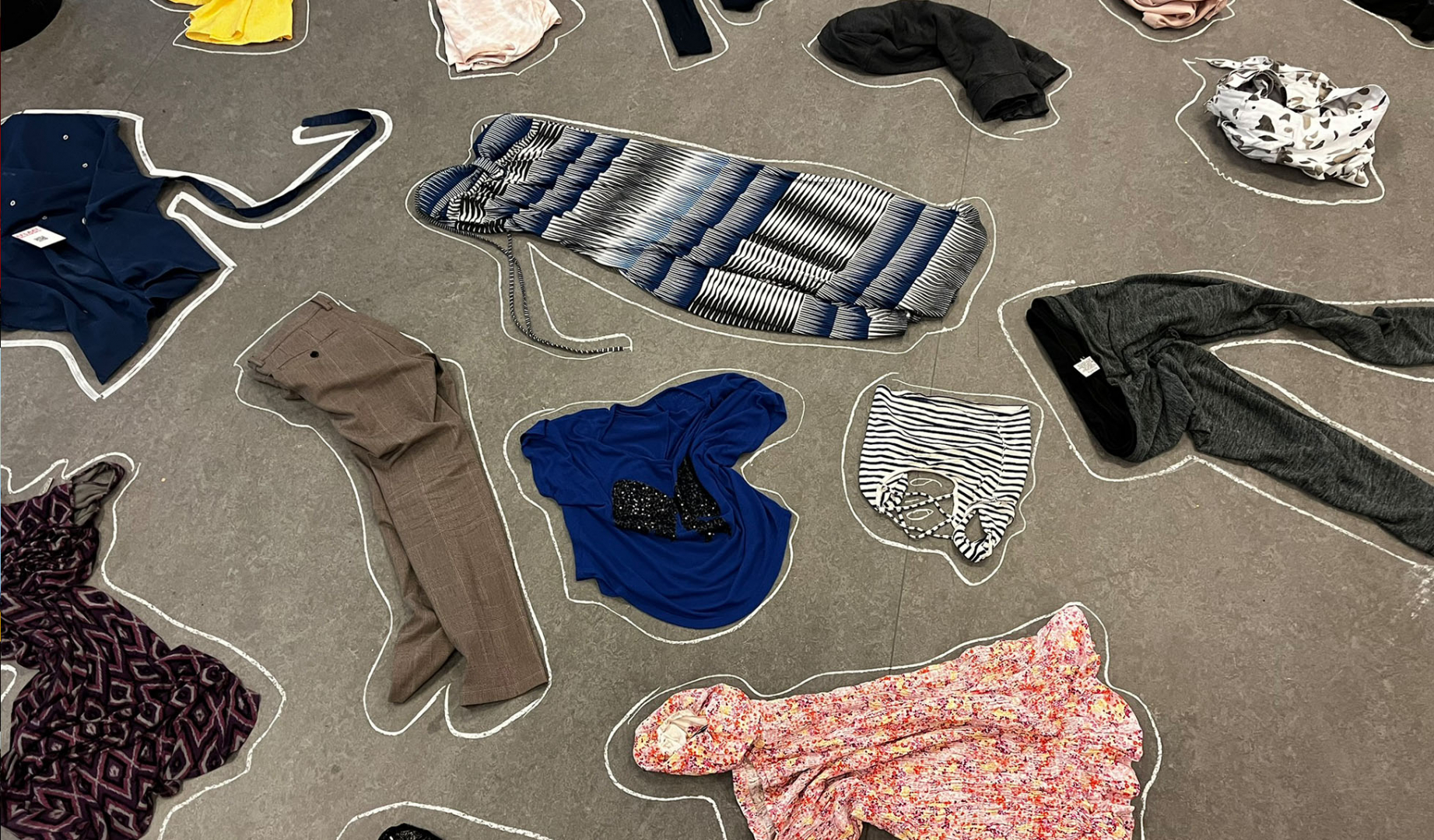AFLAAT/INDULGENCE
Performance installation McGill University Annual Grand Challenge on Sustainability 26.02.24 - 01.03.2024 - YOU CAN TAKE WHAT IS HERE! WHO IS GIVING, WHO IS TAKING? IS IT A GIFT IN ENGLISH OR IN GERMAN? WHAT IS YOUR ANSWER?AFLAAT (indulgentia in het Latijn) is de kwijtschelding voor God van tijdelijke straffen (penitentie) voor zonden die, wat de schuld betreft, reeds vergeven werden. (woorden.org)
INDULGENCE a grant by the Pope of remission of the temporal punishment in purgatory still due for sins after absolution. The unrestricted sale of indulgences by pardoners was a widespread abuse during the later Middle Ages. (Oxford dictionary)
McGill Annual Grand Challenge on sustainability
The majority of my artistic work has been focused on the topic of the gift, and particularly on the interplay of power that is staged between ‘giver’ and ‘receiver’ by established Western networks of ‘giving,’ such as second-hand clothes donations. Taking second-hand or donated textiles as its basic material, my artistic practice seeks to question the apparently ‘charitable’ or ‘altruistic’ impulses that underpin the work of international giving organizations.
Throughout my work, I have also sought to take seriously the dual etymological sense of the word ‘gift,’ which is derived from the old Indo-European *Ghabh-, meaning both give and take. In English the gift is a present while in German das Gift signifies poison. Accordingly, my work defines the gift as ideally a reciprocal process of mutual communication and exchange, which can also, in less ideal forms, contain a more poisonous or toxic element.
My artistic practice has typically sought to develop these theoretical reflections on the gift through a threefold process of collection, documentation, and performance. I scavenge for abandoned clothes left on the street over a period of weeks or months as a way of connecting my work to its surrounding environment and communities.
Then I document and acquaint myself with this scavenged material by creating realistic drawings and life-sized portraits of individual textile items. Deploying drawing as an artistic rite of passage, I seek to give these otherwise discarded and overlooked items the attention they typically lack by meticulously drawing their every fiber and pattern. In my work, this process is vital not only as the production of individual art works that can stand in isolation and be exhibited, but also as a form of social commentary and intervention on the processes by which one person’s discarded ‘gift’ can become another’s focus of attention or ‘receptivity.’
In its third phase, my work typically attempts to give a new life to the previously scavenged textiles by engaging them in public performative practices, such as public washing ceremonies, drag karaoke, or street performances giving the clothes anew to interested people in local communities. My aim in such performances is not simply to ‘give back’ the clothes to the places from which they originated, but, more crucially, to give them back in a way that is more receptive to the hierarchical and unequal interplay between ‘giver’ and ‘receiver’ that is traditionally upheld by international charity organizations. In short, these performances become a way of giving-otherwise.

